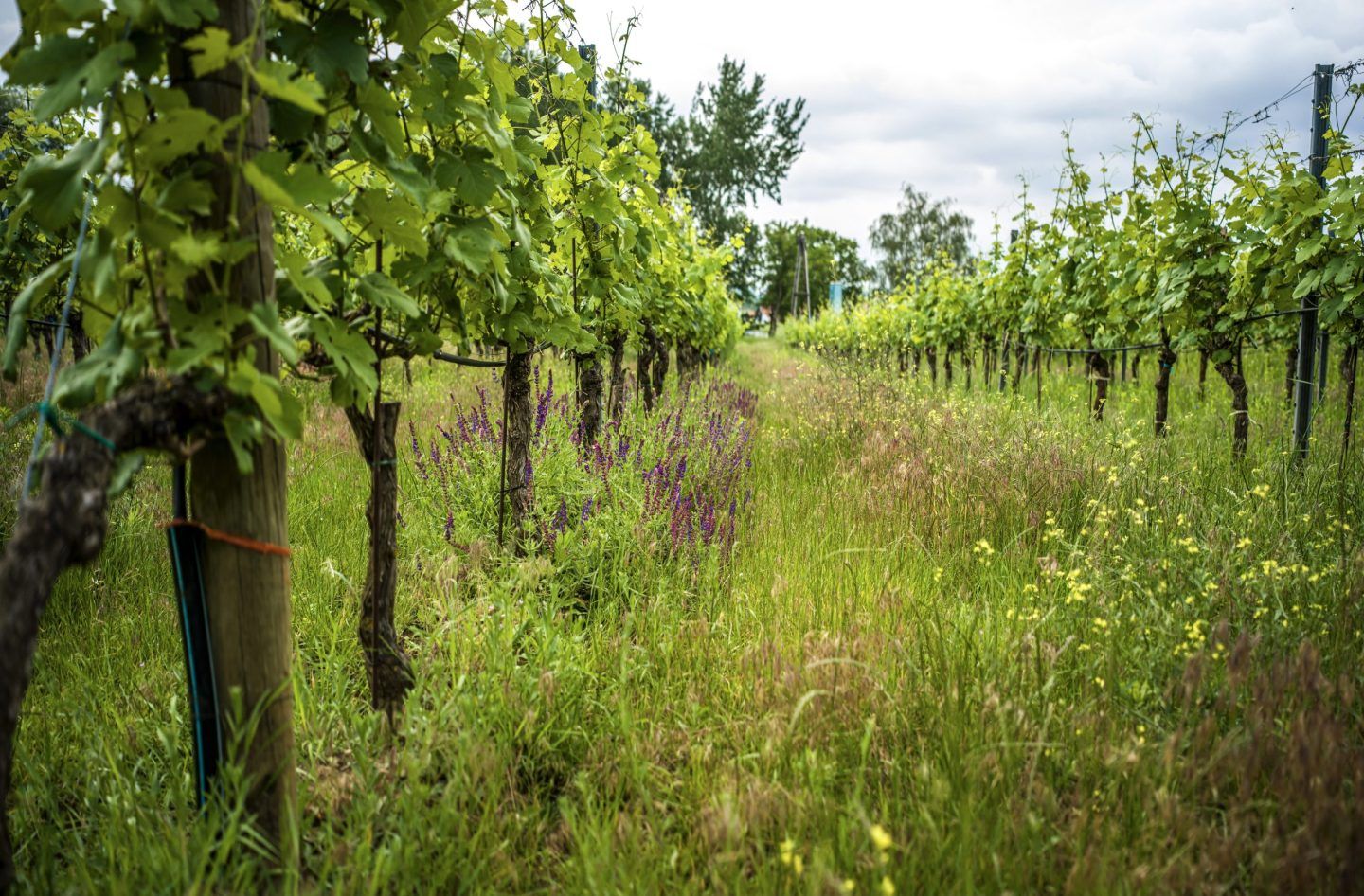
Welcome
Create your free Unicorn account to bid in our legendary weekly auctions.
By continuing, you agree to the Unicorn Terms of Use, Privacy Policy, Conditions of Sale, and to receive marketing and transactional SMS messages.
Already have an account?

Let’s get you approved to bid
To place your first bid, you’ll need to get approved to bid by confirming your mailing address and adding a payment method
No Wine Region Is More Organic Than Austria. But Are Its Wines Still Obscure?
How life inside the wine-nerd bubble can skew your perceptions.
Jason Wilson · Aug 09, 2024

I was going to write about how there’s a higher percentage of organic vineyards in Austria than in any other wine region. But I keep going back to something that happened a few weeks ago, which made me realize that sometimes, those of us deep into the wine bubble forget just how esoteric our knowledge can be.
For instance, my friends Rachel and Bryan just learned about orange wines for the first time this summer. A bunch of us were doing happy hour on the beach—a mix of Gen X, millennials, and Gen Z—and I opened an inexpensive, skin-contact Grüner Veltliner.
“Oohh, skin contact, yes please,” said one of the Gen Zs, passing me her red Solo cup.
“Skin contact?” said Rachel. “Ew—I don’t like the sound of that.”
“Yeah, what does skin contact mean?” asked Bryan. “Does the winemaker dip his balls in the wine while it’s fermenting?” The group had just explained to Bryan what “Hawk Tuah” was, so his mind was in the gutter.
“Well, you can call them orange wines if you’d rather,” I said to my fellow Gen X friends.
“Orange wine?” they said.
Before I could, another of the Gen Zs jumped in and patiently said that skin-contact wine—orange wine—“is basically just rosé wine that’s made with white wine grapes.” Which was actually an excellent way to explain orange wines to an aging Gen Xer.
I was thinking about this episode as I contemplated Austrian natural wine. For those who frequent big-city wine bars—or who are simply clued-in wine drinkers under the age of 40—natural wine from Austria seems like a mainstream thing. Producers such as Meinklang, Gut Oggau, Christian Tschida, and Claus Preisinger are crowd-pleasing standards on of-the-moment wine lists. Someone I know, in her mid-30s, not too long ago described Meinklang as “a book club wine.” When I pushed back, she replied, “Well, at least in Brooklyn.”
I’ve written about Austrian natural wine for more than a decade. If you come to my home, there is at least a 48 percent chance I will pour you an Austrian wine that, if not meeting a definition of “natural,” is at least grown organically. Austrian wines are the cornerstone of my 2018 book Godforsaken Grapes. Even in 2018, Austrian wines, particularly those that are natural-leaning, were still considered obscure, or at least off the beaten path. Watching that shift in perspective, and watching wine drinkers embrace Austrian wine over the past half decade, has honestly been rewarding.
Of course, as our Austrian orange wine happy hour on the beach demonstrates, all of these definitions of “obscure” and “mainstream”—not to mention “natural”—are relative. A decade ago, natural wine was certainly not mainstream, even in Austria. “Back then, it was crazy times,” Christian Tschida told me a while back. “In those days, the three biggest crimes you could do in Austria were: robbing a bank, killing someone, and not filtering your wine. No filtering, cloudy wine—you go straight to Alcatraz. But nowadays, everything is okay, and it’s all just called wine.”
Times have changed. Just last week, in fact, the Austrian Wine Marketing Board released the news that 24 percent of the country’s vineyards are certified organic, more than 10,000 hectares of organic vines. That’s a lot, and certainly tracks with Austria’s place at the forefront of the natural wine movement. Austria is also the homeland of biodynamics, developed by controversial philosopher Rudolf Steiner in the 1920s; today, 14 percent of its vineyards are certified biodynamic. It’s also the home of Respekt-Biodyn, an association of top biodynamic producers which now includes 25 wineries from Austria, Germany, and elsewhere.
While organic or biodynamic winegrowing is only part of natural wine’s definition, it’s an essential first step. Nearly a quarter of Austria’s vineyard land being organic is a high percentage. It’s the highest for all of the major wine-producing nations. Consider that only three percent of California’s vineyards are certified organic. Still, Austria’s 10,000 hectares is a drop in the bucket next to Spain’s 142,000 hectares of organic vineyards. Both France and Italy boast more than 100,000 hectares of organic vines as well. (The percentage of certified organic vineyards in each country—around 20 percent for France, 18 percent for Italy, and 15 percent for Spain—still trail Austria’s significantly, though.)
Which is to say that the supply of Austrian wine—organic, natural, orange or otherwise—will always be limited. As Tschida told me, “Austria wine will always be a special underdog. Austrian wines will never be for the masses.”
Regardless of how widespread the bottles are, or seem to be, Austria’s influence remains at the forefront of organic or natural winemaking. Along with regions such as the Loire Valley, Sicily, and Catalonia, Austria’s influence changed the face of wine worldwide.
But whether or not your friends outside the wine bubble know any of this—or care—is still up in the air. During our Austrian orange wine happy hour on the beach, Rachel (who’s usually committed to her oaky Chardonnay) and Bryan (a craft beer connoisseur) both really loved the skin-contact Grüner Veltliner. A few days later, Bryan told me he’d ordered a case of another Austrian orange wine from Total Wine.
How do I know? He texted me a photo of him enjoying the skin-contact Grüner. “Really loving this ball sack wine,” read his caption.

extendedBiddingModal.title
extendedBiddingModal.subtitle
extendedBiddingModal.paragraph1
extendedBiddingModal.paragraph2